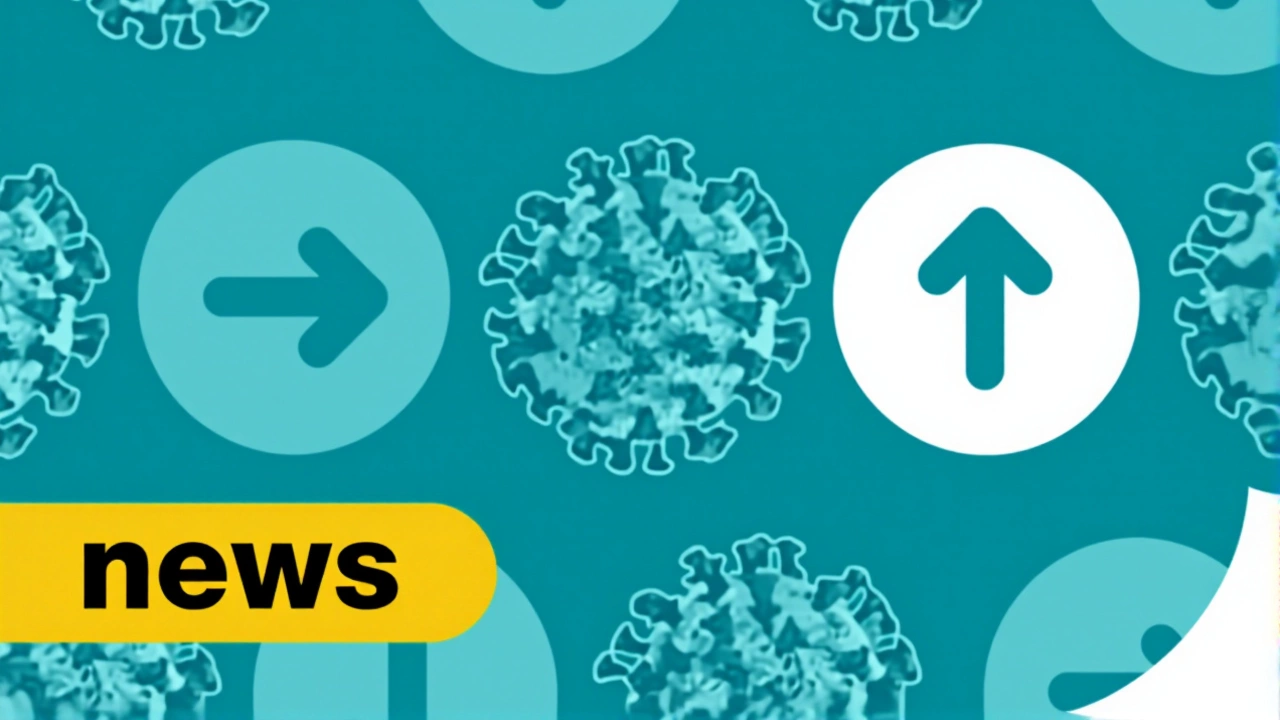COVID-19 – Latest Updates, Health Guidance and Sports Impact
When talking about COVID-19, the disease caused by the SARS‑CoV‑2 virus that sparked a global pandemic in 2020. Also known as Coronavirus, it reshaped how we work, play and stay healthy. Early on, governments rolled out Lockdown, a set of restrictions limiting movement and gatherings to curb virus spread and health agencies rushed to develop a Vaccine, a biological preparation that stimulates immunity against SARS‑CoV‑2. At the same time, widespread Testing, diagnostic procedures that detect active infection, became the backbone of containment strategies. These three pillars—lockdown, vaccine and testing—defined the first year of the pandemic and still influence policy today.
Key Areas Covered
One of the biggest surprises was how COVID-19 seeped into the world of sports and leisure. Inclusive clubs and adaptive sport programmes had to redesign sessions, add sanitising stations and rethink accessibility. For athletes with disabilities, the shift meant extra layers of protection but also new opportunities to showcase resilience. Community centres across the UK launched virtual classes, while outdoor events adopted limited‑capacity rules. The result was a mix of challenges and creative solutions that kept people moving, even when gyms were closed.
Mental health emerged as another critical front. The isolation of lockdowns sparked spikes in anxiety and depression, especially among young people and seniors. Support services responded with tele‑counselling, online peer groups and resource hotlines. Schools incorporated wellbeing checks, and employers introduced mental‑health days. The link between the virus and stress levels became a clear reminder that health isn’t just about the body—it’s also about the mind.
Vaccination campaigns moved from trial labs to neighbourhood pharmacies within months. Initial doses focused on older adults and frontline staff, then expanded to younger groups. Booster shots entered the scene as immunity waned, prompting health authorities to set up pop‑up clinics in libraries and shopping centres. Transparency about side‑effects and real‑world effectiveness helped build public trust, while clear guidelines on when vaccinated people could travel or attend events gave a sense of normalcy back to daily life.
Testing strategies evolved alongside the virus. Early reliance on PCR labs gave way to rapid antigen kits that delivered results in minutes. Schools adopted weekly testing pools, workplaces introduced on‑site screening, and travel hubs required negative results before boarding. Contact tracing apps, though initially met with privacy concerns, later integrated with test result portals, improving speed of isolation recommendations. Together, these tools turned testing from a reactive measure into a proactive shield.
Governments also had to balance health measures with economic survival. Financial aid packages, furlough schemes and relief loans kept businesses afloat during the toughest lockdown periods. Remote work became the norm for many sectors, prompting a surge in home‑office setups and digital collaboration tools. At the same time, public transport adjusted schedules to match shifting commuter patterns, ensuring essential workers could still get to hospitals and supermarkets.
Looking ahead, the conversation has shifted to variants, herd immunity and preparedness. New strains like Omicron raised questions about vaccine effectiveness, prompting booster updates and enhanced genomic surveillance. Experts argue that reaching a level of community immunity—through vaccination and natural exposure—will reduce severe cases, but they also stress the need for robust healthcare infrastructure to handle future outbreaks. Lessons learned are now feeding into pandemic‑response plans, from stockpiling PPE to training rapid‑deployment teams.
All of these threads—public health measures, mental‑wellbeing, sport adaptations, economic policies and future planning—intertwine to shape the current COVID‑19 landscape. Below you’ll find a curated collection of articles that dig deeper into each area, offering practical tips, real‑world examples and the latest data. Whether you’re looking for guidance on safe training, updates on vaccine rollout, or ways to support your mental health, the posts ahead provide the context you need to stay informed and resilient.

UK Health Security Agency flags early‑autumn rise in COVID‑19 cases
Oct 7, 2025 / 0 Comments
UK Health Security Agency reports a modest rise in COVID‑19 cases in September 2025, warning of early‑autumn pressure on hospitals while flu and RSV stay low.
READ MORERECENT POSTS
- Bears Edge Commanders 25-24 on Monday Night, Seizing Vengeance
- São Paulo FC vs Flamengo to clash at Fort Lauderdale’s Chase Stadium
- James Carragher swaps shirt with Lewandowski after Malta debut
- Jiménez's Late Winner Seals Fulham's 1-0 Victory Over Sunderland in Rain-Lashed Craven Cottage Clash
- Steve Martin's Film Legacy Ranked: 'The Jerk' Tops Lists as Career Spanning 40+ Years Celebrated